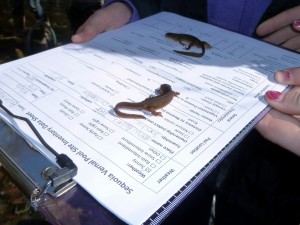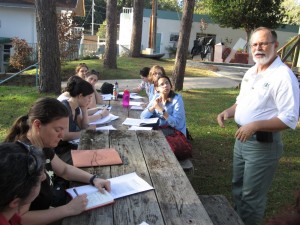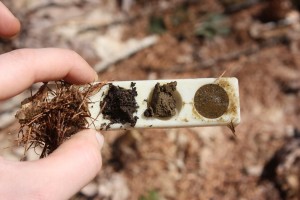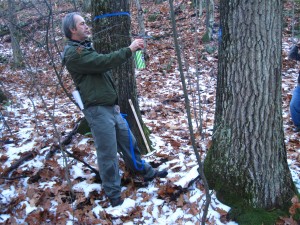In a forest, the group of species that come to mind first are likely to be the trees! But the forest provides a home and means of living for everything from microbes in the soil to top predators stalking through the underbrush. Though they may characterize a forest in many ways, the trees are of part of a much larger community of species that all must be present for a forest to function as a system. Current research reflects this understanding by monitoring not only the tree species of the forest, but also the other inhabitants that may be affected by forest management decisions and can give an indication of the health of the forest and it’s ability to continue providing services to the human and non-human communities that rely on it. – Cori Brauer, Rubenstein School of Environment and Natural Resources graduate student
Why do we practice forest conservation? How does the perspective of the academic differ from that of the land manager, working forester, or other practitioner? As we increasingly recognize the importance of landscape-scale management, partnerships among private landowners, government agencies, and the academic community are of paramount importance for succeeding in our land conservation efforts. – Cathy Bell, Field Naturalist program



